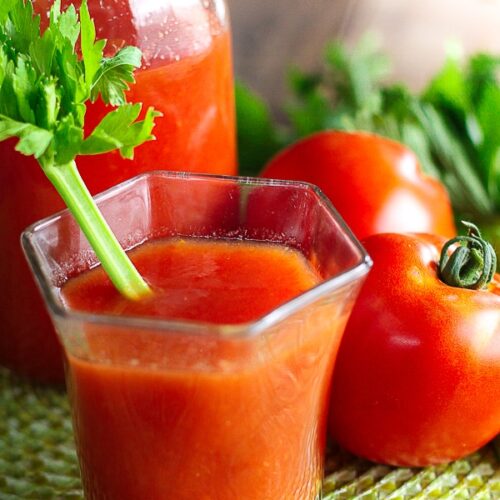With the warm summer season upon us you are hopefully finding your vegetable plants in good health and in full production. It does seem this year however, that the prized tomato has been having a few growing problems. Foliar diseases have been fairly rampant but as harvest begins to peak, grower’s attention will likely be more focused on the fruit. Although various diseases affect tomato fruits, noninfectious disorders are common.
By far the number one question concerns blossom end rot. Blossom end rot is not caused by bacteria or fungus but is a result of a calcium deficiency. Symptoms first appear as dark brown or water-soaked spots at the blossom-end of the fruit. As these spots enlarge; they become sunken and often dry rot. Applications of lime or calcium fertilizers before planting can help reduce this problem. A soil test, testing for pH and calcium, would tell you exactly how much lime or calcium to apply. Certain tomato varieties are tolerant of a calcium deficiency and may make a better choice if your garden is prone to this disorder. Other conditions that could increase incidence levels include excessive soil salts, especially in container gardens, root damage, and uneven watering. Keeping adequate moisture will help more than anything.
Catfacing causes misshapen fruit with scars often near the blossom end. It results from high nitrogen levels or during cold weather breaks earlier in the season. Cracking can appear as radial or concentric cracks in the fruit. Cracking occurs most often during extreme environmental changes such as periods of dry weather followed by wet weather or hot day temperatures dropping to low night temperatures. Proper plant nutrition and irrigation will help to avoid both of these environmental disorders.
Although not a disease, cloudy spot or ghost spot is caused by a pest. Feeding damage by the stink bug causes yellowish irregular spots to occur just below the tomato peel. Close inspection of the damaged area may reveal a small hole caused by the stink bug’s piercing mouthpart. Control requires a garden insecticide where excessive damage occurs. Tomatoes are still edible if you cut away the damaged tissue.
During hot, sunny weather, sunscald may occur on the exposed sides of mature green fruit. A white discoloration will develop and damaged tissue will become sunken with a black mold frequently occurring. This disorder is more common on plants that have lost branches due to breakage or disease. Reducing damage to branches that provide shade to the fruit will eliminate this problem.
Herbicides used to control weeds in lawns can wreck havoc on tomato plants. Systemic herbicides can be translocated through the plant resulting in stunted growth, yellow foliage, or twisted stems and leaf cupping. Contact herbicides may cause yellowish or dead spots wherever they are sprayed. Fruits may become excessively enlarged or irregular shaped. Catfacing or fruit nippling may occur on the blossom end of some tomatoes. Following the label on herbicides is your best way to avoid these conditions. Herbicide damage occurs most often during high temperatures or on windy days since certain chemicals may drift during these conditions. Plants exposed to light herbicide contact may outgrow the symptoms; however plants do not recover from severe herbicide damage.
Even though many disease and insect issues can affect your tomatoes, generally, most plants will produce edible fruit without applying pest control products. Following best practices will also be your best preventative measure you can take!
If you have questions about your tomatoes, give us a call at the Henderson County Extension Office; we are happy to help!
Read or Share this story: https://ift.tt/30hBPnb
August 01, 2020 at 07:00AM
https://ift.tt/30hBPnb
Rideout: Preventing tomato issues - The Gleaner
https://ift.tt/2VAxJ6V
Tomato








 The latest addition to the MarketsandResearch.biz entitled
The latest addition to the MarketsandResearch.biz entitled 








